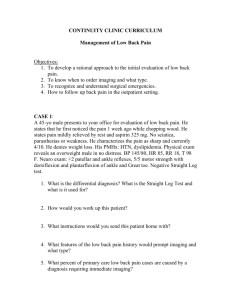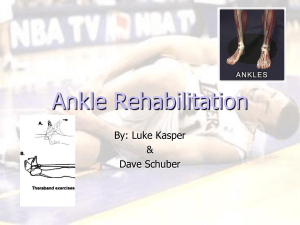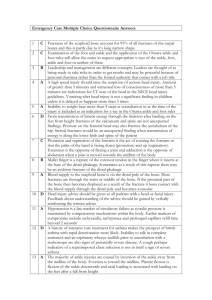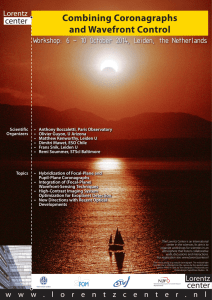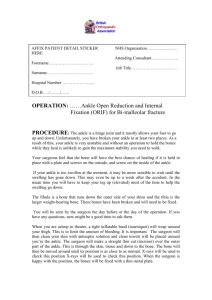Research Wiki - KUMC-PTRS-EBP
advertisement
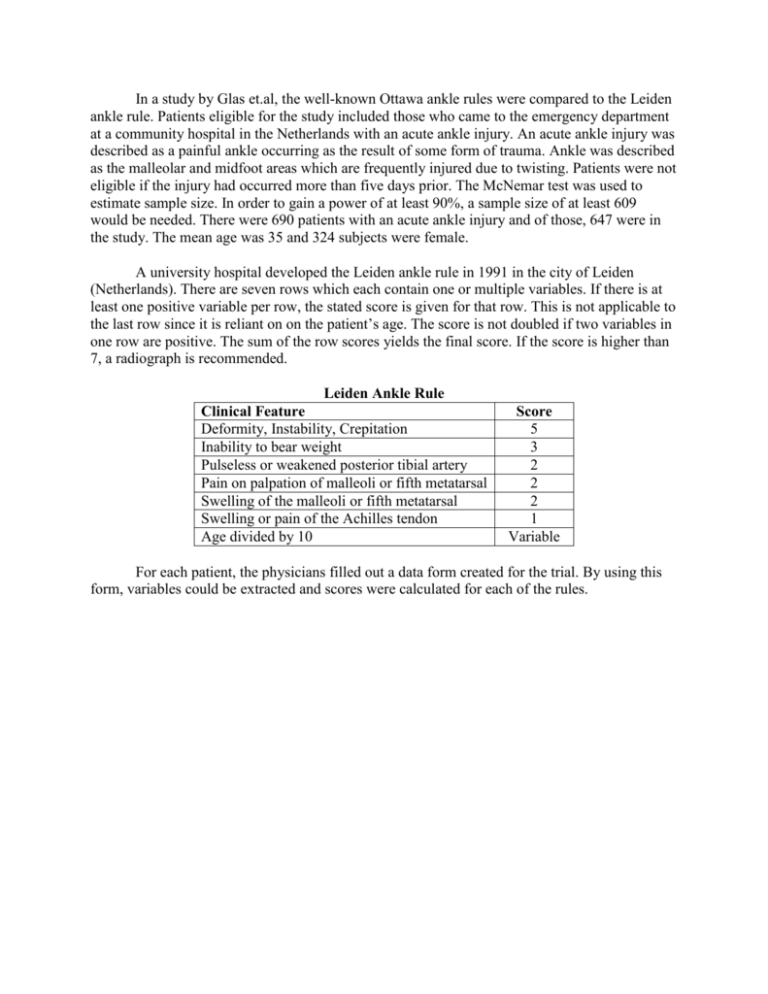
In a study by Glas et.al, the well-known Ottawa ankle rules were compared to the Leiden ankle rule. Patients eligible for the study included those who came to the emergency department at a community hospital in the Netherlands with an acute ankle injury. An acute ankle injury was described as a painful ankle occurring as the result of some form of trauma. Ankle was described as the malleolar and midfoot areas which are frequently injured due to twisting. Patients were not eligible if the injury had occurred more than five days prior. The McNemar test was used to estimate sample size. In order to gain a power of at least 90%, a sample size of at least 609 would be needed. There were 690 patients with an acute ankle injury and of those, 647 were in the study. The mean age was 35 and 324 subjects were female. A university hospital developed the Leiden ankle rule in 1991 in the city of Leiden (Netherlands). There are seven rows which each contain one or multiple variables. If there is at least one positive variable per row, the stated score is given for that row. This is not applicable to the last row since it is reliant on on the patient’s age. The score is not doubled if two variables in one row are positive. The sum of the row scores yields the final score. If the score is higher than 7, a radiograph is recommended. Leiden Ankle Rule Clinical Feature Deformity, Instability, Crepitation Inability to bear weight Pulseless or weakened posterior tibial artery Pain on palpation of malleoli or fifth metatarsal Swelling of the malleoli or fifth metatarsal Swelling or pain of the Achilles tendon Age divided by 10 Score 5 3 2 2 2 1 Variable For each patient, the physicians filled out a data form created for the trial. By using this form, variables could be extracted and scores were calculated for each of the rules. The radiographic data was used as a reference to calculate sensitivity, specificity, missed fractures, and patients who should have had an x-ray completed. The Ottawa ankle rules caught 66 out of 74 fractures and the Leiden ankle rule caught 59 of the 74 fractures. Physicians were able to determine 61 of the 74 fractures. Of the 8 fractures missed by the Ottawa ankle rules, 1 was significant. Of the 15 fractures missed by the Leiden ankle rule, 5 were significant. Of the 13 fractures missed by physicians, 1 was significant. X-ray was recommended in 76% of the Ottawa cases, 46% of the cases in Leiden, and 38% of cases among physicians. Both the Ottawa and Leiden were created to have 100% sensitivity. As with anything, there are some disadvantages to using ankle rules. First, the sensitivity may be affected depending on the training and experience of the physician. Second, neither of the ankle rules apply to people with specific comorbidities. Overall, the Leiden ankle rule was less sensitive but more specific than the Ottawa ankle rules. The AUC was also higher for the Leiden ankle rules whereas the percentage of patients who should have had an x-ray was lower. Despite the Leiden ankle rules having a higher specificity, more clinically significant fractures were missed than with the Ottawa ankle rules. It seemed that in many cases, physician judgment was better or as good as any ankle rule.



